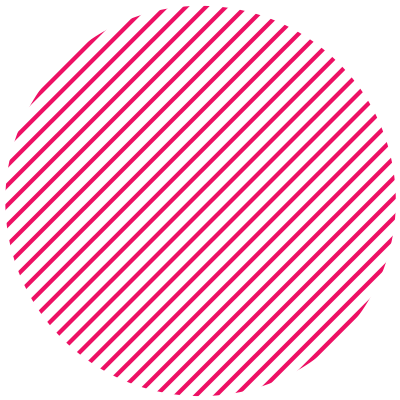The work of the Web Designer is increasingly difficult, as it must create attractive sites that attract the attention of the user!
When we land on a site page, what are we attracted to?
We live more than ever in the era of the image and therefore of the gaze: we are surrounded by photographs and patterns, especially when we surf the net. All of us, unconsciously, have habits and adopt attitudes towards what is proposed to us.
How do web users think? How do they decide? What motivates them to perform an action?
Here are 5 things that every Web Designer should know before designing a website interface, taken from the lessons of the Web & Graphic Design Course.
1. The photographs are the access point of the gaze on the page.
Inserting images on a web page is very important. A site without images is boring, the photographs help to break long texts or to make explicit the content itself. So choose them carefully, they must be of good quality and relevant to the content.
2. The elements at the top of the site attract more attention
The gaze is fixed at the highest point of the page (generally where the logo or header is located), then in the area below from left to right; the opposite happens in countries where you read from right to left. It is therefore good to place what we want to pay more attention to in the upper third of the screen and especially in the central area, as often the gaze of the users avoids the edges.
3. Short paragraphs receive twice the attention of long ones
The user remains only a few seconds on a page: he reads little and quickly. Therefore, he prefers short, clear and easy to read texts.
This is why the texts designed for the paper are not always adequate to be reported on the web.
4. The information already known is the basis for storing
If we repeat an action a sufficient number of times, it will be easier to recover this action in our memory. If I can therefore associate the new information with the information I have already stored, it will be easier to assimilate it.
A good rule of thumb is to recreate paths and requests for actions similar to other interfaces that the user habitually uses in order to make it easier to navigate your site.
5. 9% of men and 1.5% of women are insensitive to colors
There are many types of color blindness, but the most common is the distinction between reds, yellows and greens. What should be remembered is that many people have these disorders: it is therefore good to use a redundant coding scheme, taking advantage of the shapes, the thickness of the lines and the contrast of brightness, so that there is no need to perceive specific colors. In this regard, there are several services that allow you to test your images or your site, highlighting how they look to people with visual impairments.
Continue to follow us, soon more tips to become a good Web Designer!

